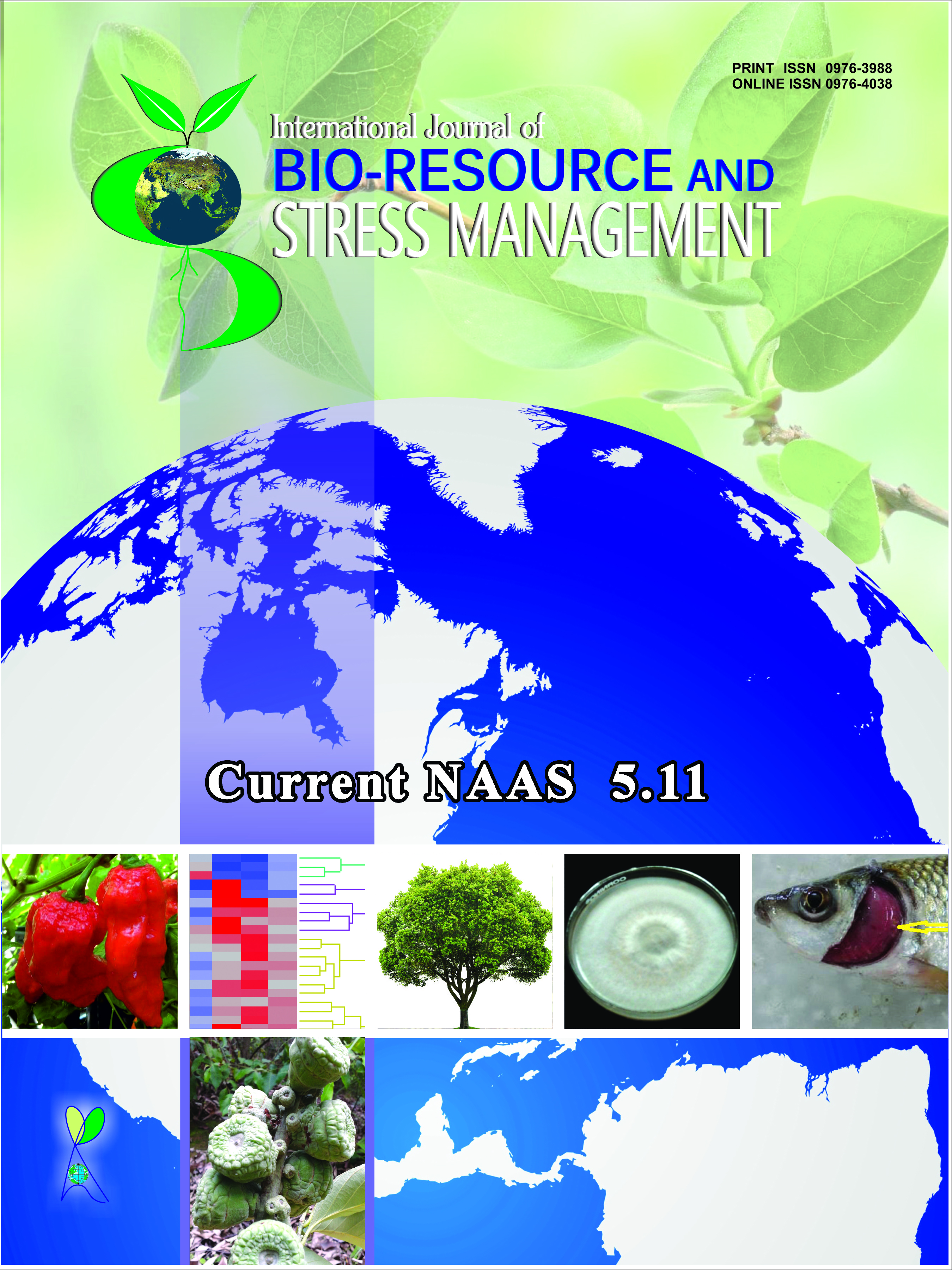Seasonal Trends of Foliar Nutrients in Seven Plant Species in a Subalpine Meadow, Northern Mexico
Keywords:
Subalpine, leaf tissue, nutrients, MexicoAbstract
As an approach to understand and characterize plant nutrient trends in seven plant species, determinations of plant nutrients (mmol gdw-1) in leaf tissue, were evaluated (following a repeated measures experimental design) in Lupinus cacuminis, Astragalus purpusii, Senecio madrensis, Poa muelleri, Euphorbia furcillata, Pinus culminicola, and Pinus hartwegii at four-week intervals between May and October, 2001. These plant species represented a variety of life forms in the subalpine meadow environment in the summit of Cerro Potosi, Nuevo Leon, Mexico, which has been declared as a natural state protected area and subjected to a conservation program. Results have revealed significant differences (p<0.001) among plant species in all studied plant nutrients. Maximum (1058) and minimum (187) Ca concentrations were achieved by L. cacuminis and P. hartwegii, respectively. Higher concentrations of K (809) and Mg (108) were observed in S. madrensis and A. purpusii, while P. hartwegii and P. culminicola acquired lower values (81 and 31, respectively). Higher (65) and lower (45) P concentrations were found in S. madrensis and P. hartwegii, respectively. N content (%) ranged from 3.08 (A. purpusii) to 1.30 (P. culminicola). A. purpusii achieved higher concentrations of Cu (0.20), Fe (18.70) and Mn (11.68), while levels of 0.07 (Cu), 2.58 (Fe) and 0.81 (Mn) were detected in P. hartwegii. Maximum (1.22) and minimum (0.71) leaf Zn concentrations were observed in P. culminicola and L. cacuminis, respectively. Results provide substantial evidence to support the physiological plasticity among plant species and their responses to resources availability. In addition, implications of these results for understanding subalpine function, dynamics and competitive interactions between plant species are discussed.
Downloads
Downloads
Published
How to Cite
Issue
Section
License
Authors retain copyright. Articles published are made available as open access articles, distributed under the terms of the Creative Commons Attribution-NonCommercial-ShareAlike 4.0 International License, which permits unrestricted non-commercial use, distribution, and reproduction in any medium, provided the original author and source are credited. 
This journal permits and encourages authors to share their submitted versions (preprints), accepted versions (postprints) and/or published versions (publisher versions) freely under the CC BY-NC-SA 4.0 license while providing bibliographic details that credit, if applicable.





